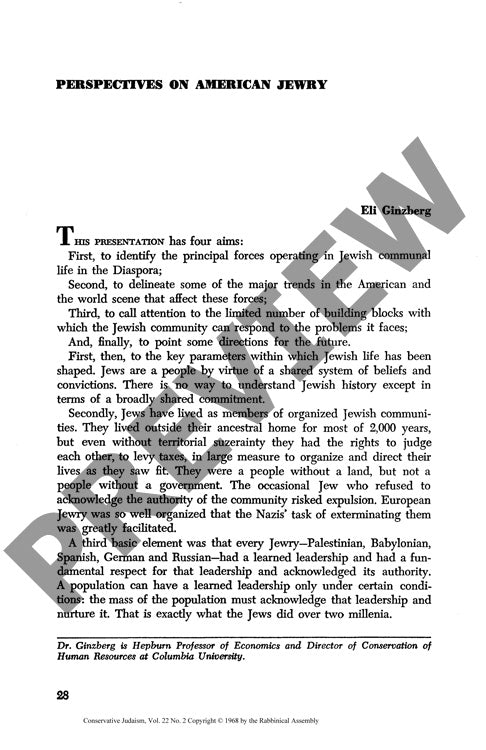Perspectives on American Jewry
Couldn't load pickup availability
For centuries, Jewish communities survived and thrived through shared religious conviction, scholarly leadership, and tight communal bonds—elements now undergoing dramatic transformation in modern American Jewish life. Through comparative historical analysis of traditional Diaspora communities and contemporary American Jewry, distinct patterns emerge of both erosion and adaptation. While traditional sustaining forces—organized communal governance, religious integration into daily life, and collective memory—have weakened significantly, new dynamics shape Jewish identity in America. Rising intermarriage rates, diminished religious observance, and loosened communal authority pose existential challenges, yet countervailing strengths have emerged: Israel's growing role as a cultural center, expanded institutional infrastructure, renewed academic interest in Judaica, and sustained philanthropic commitment. Though American Jews face no physical threats, their cultural and religious continuity remains precarious. The analysis suggests five critical paths forward: strengthening Jewish education, supporting scholarship, investing in youth programs, deepening Israel-Diaspora connections, and fostering inter-organizational cooperation. These strategies may help bridge the gap between historical Jewish resilience and meaningful contemporary identity in an era of unprecedented freedom and integration.

More Information
-
Physical Description
-
Publication Information
Published 1968
ISBN
-
Publication Credits
Eli Ginzberg

